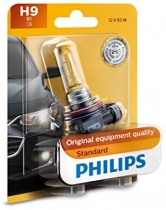-
Welcome to Tacoma World!
You are currently viewing as a guest! To get full-access, you need to register for a FREE account.
As a registered member, you’ll be able to:- Participate in all Tacoma discussion topics
- Communicate privately with other Tacoma owners from around the world
- Post your own photos in our Members Gallery
- Access all special features of the site
3rd Gen HID vs LED vs Halogen H11 projector headlights
Discussion in '3rd Gen. Tacomas (2016-2023)' started by crashnburn80, Jan 25, 2019.
Page 1 of 339
Page 1 of 339


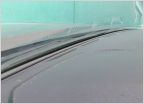 Vibrating/rattling dash :(
Vibrating/rattling dash :(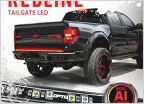 Looking for rear bumper LED lights....
Looking for rear bumper LED lights....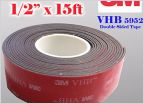 2017 Wheel flare issues
2017 Wheel flare issues Recommended Seat covers 2023
Recommended Seat covers 2023 Skid Plate
Skid Plate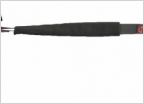 Tie Downs?
Tie Downs?















